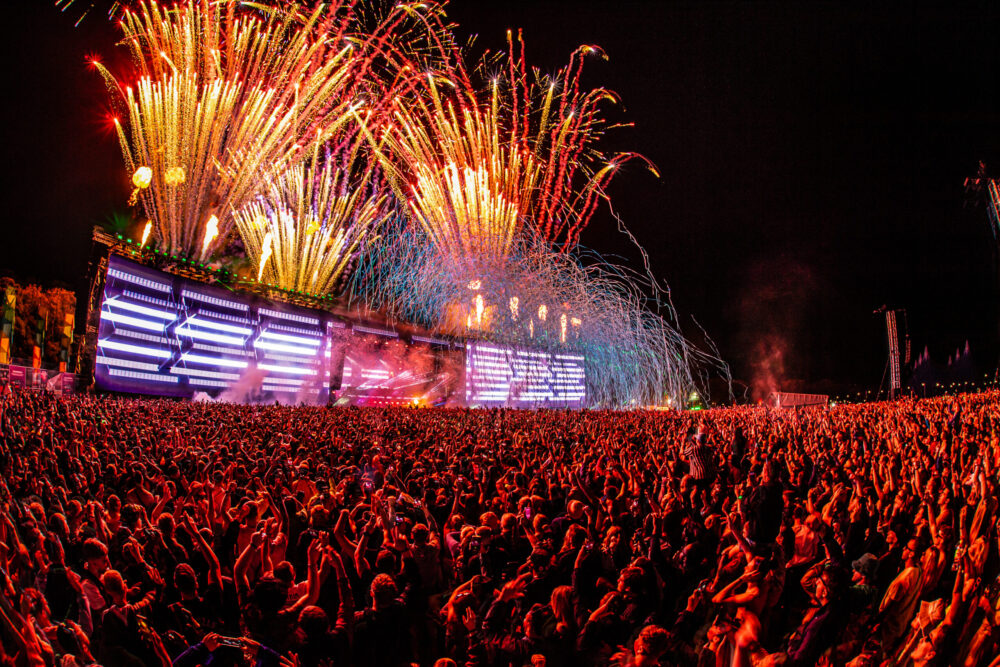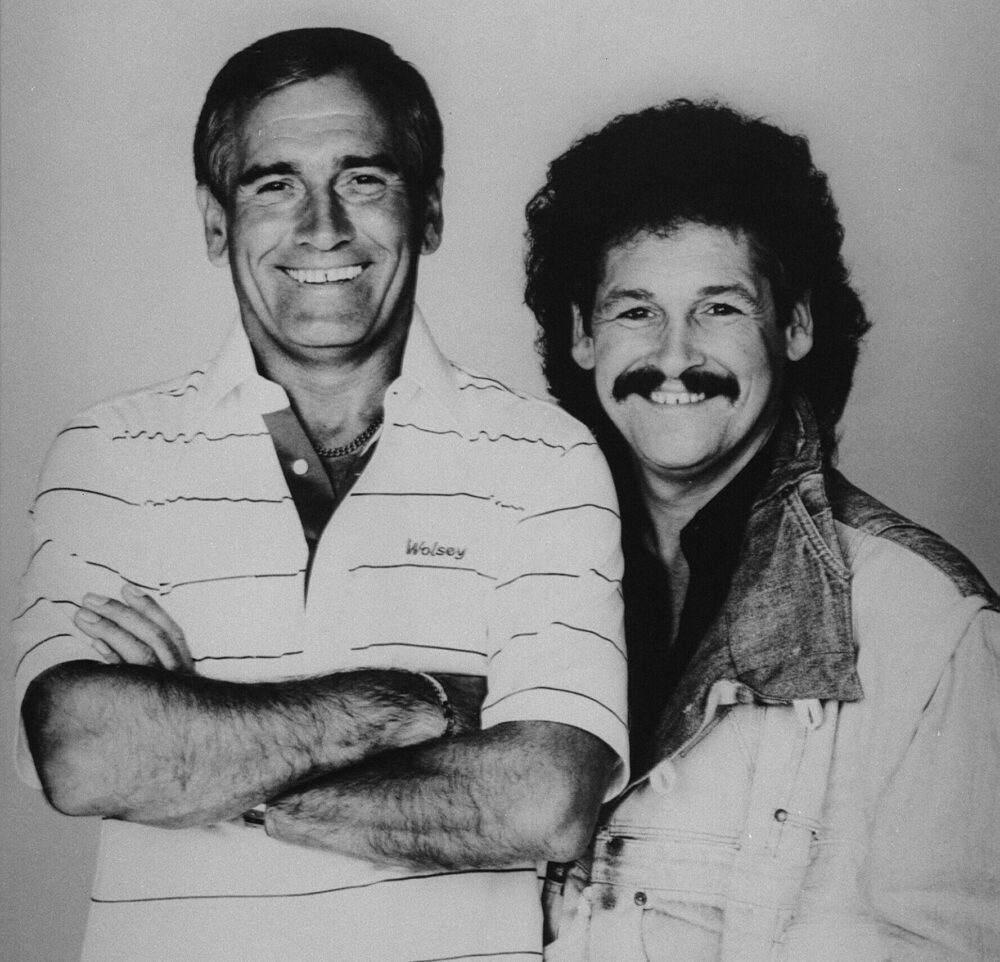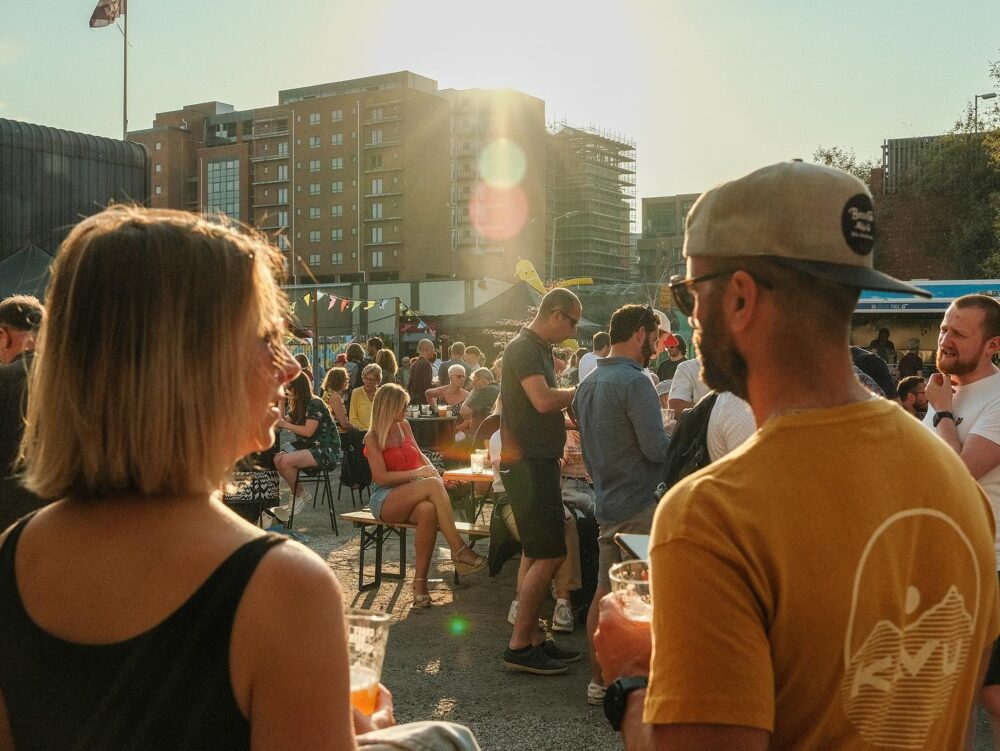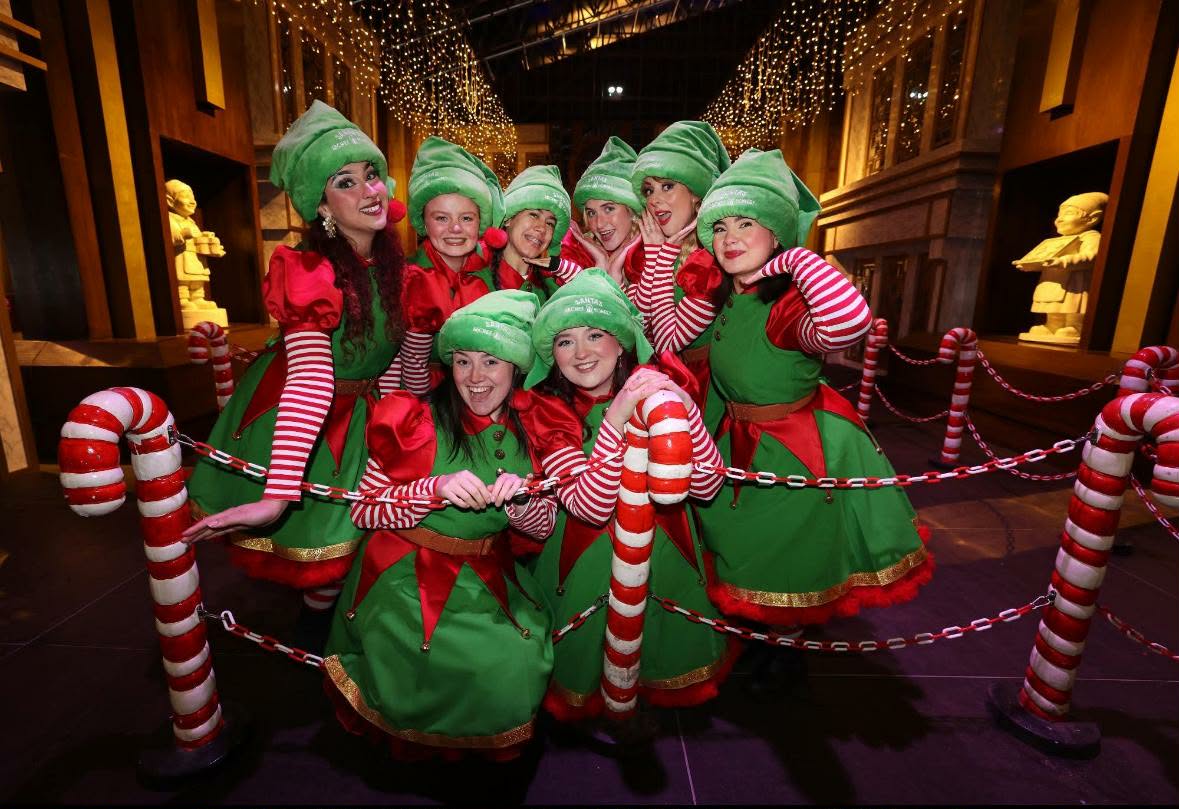
Culture
The reasons why you need to rediscover Castle Street Liverpool
5 years ago
Just when we thought we knew Castle Street, it’s been given a whole new look to make it better and more vibrant than ever.
The post-Covid Liverpool Without Walls project has seen one of the city’s brightest and busiest roads transformed with pedestrianisation that’s given it a whole European-style café vibe.
As well as more tables and chairs, the pavements are now filled with laughter from diners and drinkers as so many people flock back to the city.
But as well as the bars and restaurants – more of which we’ll get back to later – there’s a whole load of other reasons why it’s worth rediscovering this stunning city street…
Fascinating history

Did you know Castle Street houses the oldest store front in the city, McGuffie’s?
Its history dates back to 1795 when ‘Edwards and Penny, Druggists & Chemists’ first opened its doors at Number 58 before J.R. McGuffie, whose name the company bears today, was even born.
The business enjoyed many years of considerable success before coming into the hands of pharmacist John Rowland McGuffie around 1840.
Shortly after taking ownership of McGuffie’s he became a town councillor and was twice elected to serve St. Paul’s Ward (the area we now know as the Business District), so it’s no wonder businesses who have come after him have decided to keep his name.
And that’s just the start of the fascinating heritage that it offers the city.

Pic. Streets of Liverpool
Before Liverpool was even a city and still a medieval town, Castle Street was an important route to and from the port, and the castle that sat at the top of today’s Lord Street. It’s thought the castle was built under orders from William de Ferrers, the 4th Earl of Derby, explaining why we have Derby Square at the bottom end of the street where the Queen Victoria monument stands today.
Liverpool Castle was built between 1232 and 1237 and stood until the mid-18th Century and is thought to have been the inspiration for the design of the Queen Elizabeth Law Courts.
Many of the buildings on the left of Castle Street, looking down from the Queen Victoria monument have an Italian and classical influence and style – Number 48-50 was designed by well-known Liverpool architect James Picton, who also designed the Picton Reading Room in Liverpool Central Library. One of the most stunning buildings is Number 42, Victorian Chambers, which boasts four mermen with trumpets made of shells, and carved panels – so take a look next time you’re there.
Of course, one of the most significant historical buildings stands at the head of Castle Street – Liverpool Town Hall.
The Jewel in the Crown

Undoubtedly this title belongs to Liverpool Town Hall, which signals the start of Castle Street and was built between 1749 and 1754.
The Town Hall is a Grade I listed building described as one of the finest surviving 18th Century town halls and boasts a rich past.
Believe it or not, the final act of the American Civil War took place on its steps when Lieutenant Commander James Waddell presented a letter to the city’s mayor surrendering his vessel, the CSS Shenandoah, to the British Government in November 1865, six months after the war had ended. Her flag was the last sovereign Confederate flag to be officially furled and she was known to have fired the last shot of the Civil War.
The Town Hall replaced an earlier one and was designed by John Wood.

There are usually guided tours of the majestic building to view its grand main staircase and adjoining reception rooms, large and small ballrooms, a stunning Dining Room and the council chamber.
Highlights also include the Hall of Remembrance, which hosts Liverpool’s Roll of Honour to more than 13,000 who lost their lives during the First World War, and those who have been awarded the Freedom of Liverpool.
Another ‘must-see’ aspect is the balcony… for why?
Beatles

Liverpool Town Hall’s interior is stunning of course, but its exterior has a few tales to tell, not least surrounding its impressive balcony.
It was from here The Beatles waved on July 10, 1964, when they returned to their home city for a civic reception and the northern premiere of their first feature film, A Hard Day’s Night.
In near hysterical scenes, around 20,000 fans were waiting to see them, screaming for the Fab Four: John, Paul, Ringo and George.
Film Star

Liverpool has taken a lead role in a variety of movies over the years and Castle Street has played its part in that.
Along with neighbouring Water Street and the Liver Building, in 2015 Castle Street masqueraded as New York in Florence Foster Jenkins, starring Hollywood superstars Meryl Streep and Hugh Grant.
When Netflix started shooting crime drama The Irregulars, Castle Street was just one area being used to portray the streets of London.
Steve Coogan’s first film, The Parole Officer, saw him playing a said parole officer who takes to the streets of Manchester with a band of criminals to prove his innocence for murder. However, much of the filming took place in Liverpool, most notably the bank heist was filmed on Castle Street in what was once the Bank of England (Number 31!).
Gin and (very happily) bear it

Castle Street is home to Liverpool Gin Distillery which offers visitors the chance to see its distillers in action, producing its very own Liverpool Gin on-site in a custom-built 600ltr copper still while relaxing, too, with a refreshing drink at the bar.
The distillery has four floors: the basement lounge which offers dark spirits from all over the world and wonderful whisky tastings (it’s also where the kitchen is boasting handmade pizzas, tapas, flat breads and nibbles); the ground floor is home to the still producing the premier-branded Liverpool Gin; the first floor houses 32 mini copper pot stills and is where guests can learn how to distill their own bottle of gin using their own botanicals – you can name the gin yourself and can even wax the lid of the bottle! – and the second floor will be home to its Bartender School.
From here you can indulge in three different experiences: The Distillery Tour, the Distillery Tour and Gin Tasting and the Distillery Tour, Tasting & Gin Lab Experience.
Decisions, decisions…
Finally, feast your eyes on this little lot…

Bacaro
We said we’d get to the fabulous bars and restaurants in Castle Street and there’s a whole host to choose from, including these (and more).
Bacaro: Offering small plates with meat, fish and veggie dishes, to little pizzas, breads and desserts. It’s the perfect place to catch up with friends over a glass of wine, a cocktail or food made to share.
Rudy’s Pizza: Offers freshly baked pizzas with a range of toppings and was voted last year as 10th best pizza restaurant in the world by a travel and food website.
Gino D’Acampo My Restaurant: The man himself reckons it’s his biggest and best ‘My Restaurant’ yet offering classic Italian dishes and other treats like a prosecco bar, summer terrace, games room, foto booth and more.
Castle St Townhouse: Brill for breakfast, lunch and dinner and a definite must for bottomless brunches.
Viva Brazil: Enjoy a meal that’s a bit of an occasion. Passadors (meat carvers) move from table to table, offering cuts of succulent meats all slow-roasted over a charcoal barbeque and expertly carved at the table. You control the service with a small double-sided disc placed on your table.
Heritage: Another gem, a small and friendly bar and restaurant, but oozing with atmosphere. Small plates, nibbles, larger plates and even breakfast are served at Heritage daily alongside a drinks list featuring locally brewed beers, wines and classic cocktails.
San Carlo: Popular with a few famous faces, this classy Italian serves all of your favourite dishes with fresh fish a speciality and a great grill section on the menu too.
Maluco Pizzeria: Hip, art-filled setting for those who want to feast on thin-crust Brazilian pizzas from a wood-fired oven, and maybe enjoy a craft cocktail…or two.
Mowgli: Say no more, we all know it, we all love it and we all can’t wait to get back and try our favourite Indian street food, made in Liverpool









 Subscribe
Subscribe Follow Us
Follow Us Follow Us
Follow Us Follow Us
Follow Us Follow Us
Follow Us Follow Us
Follow Us











